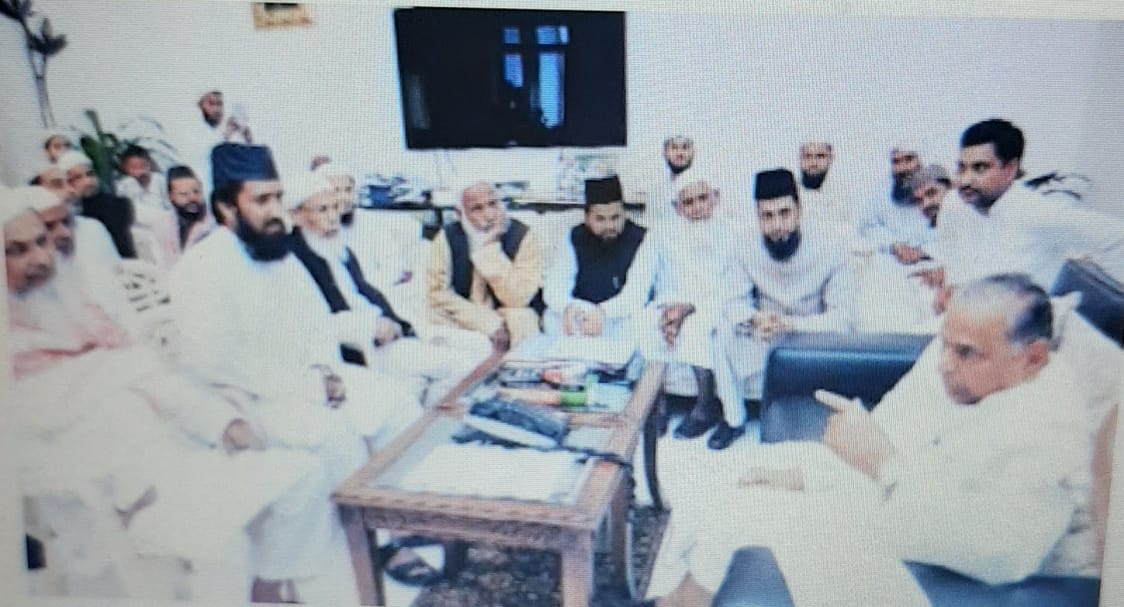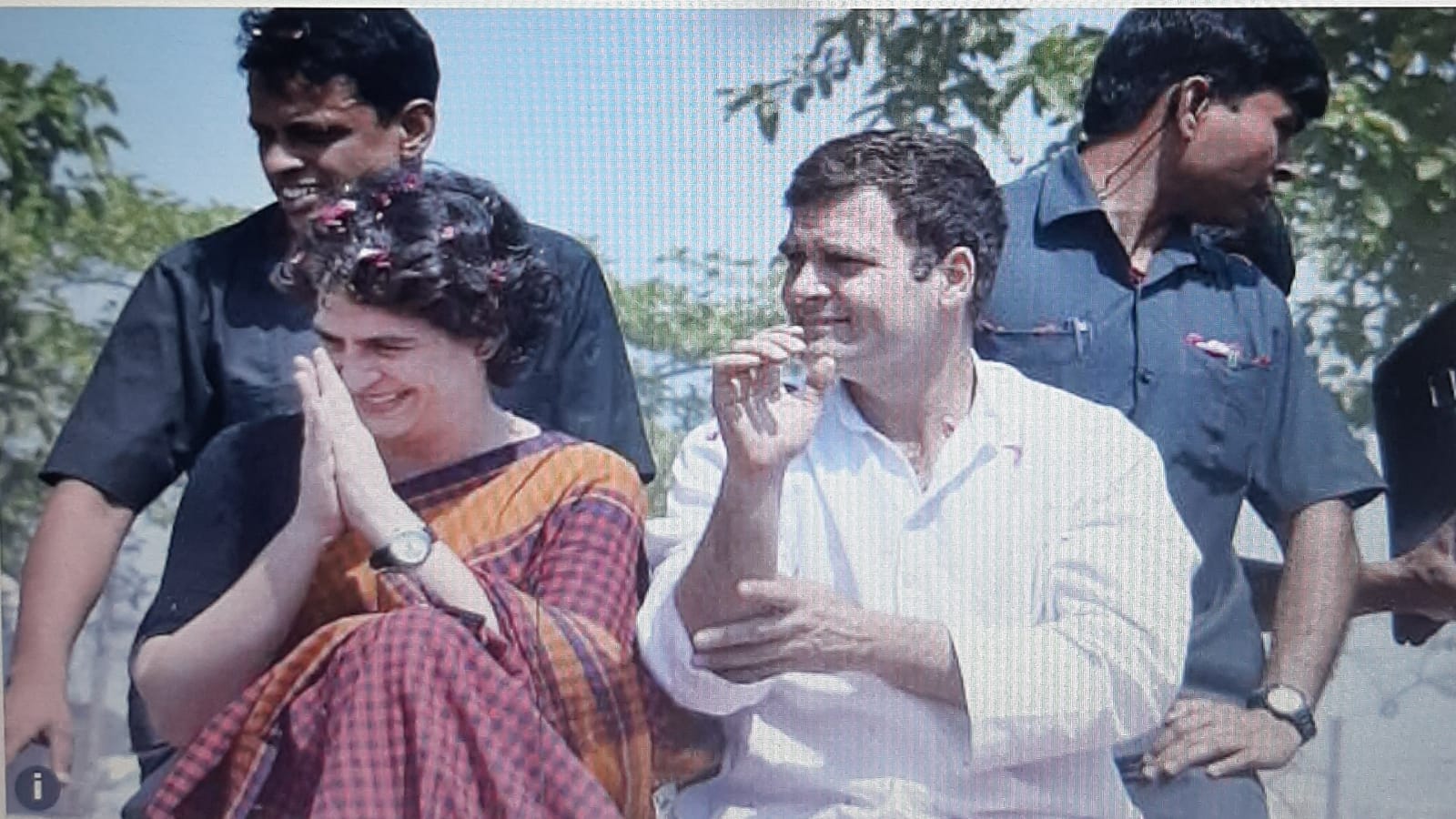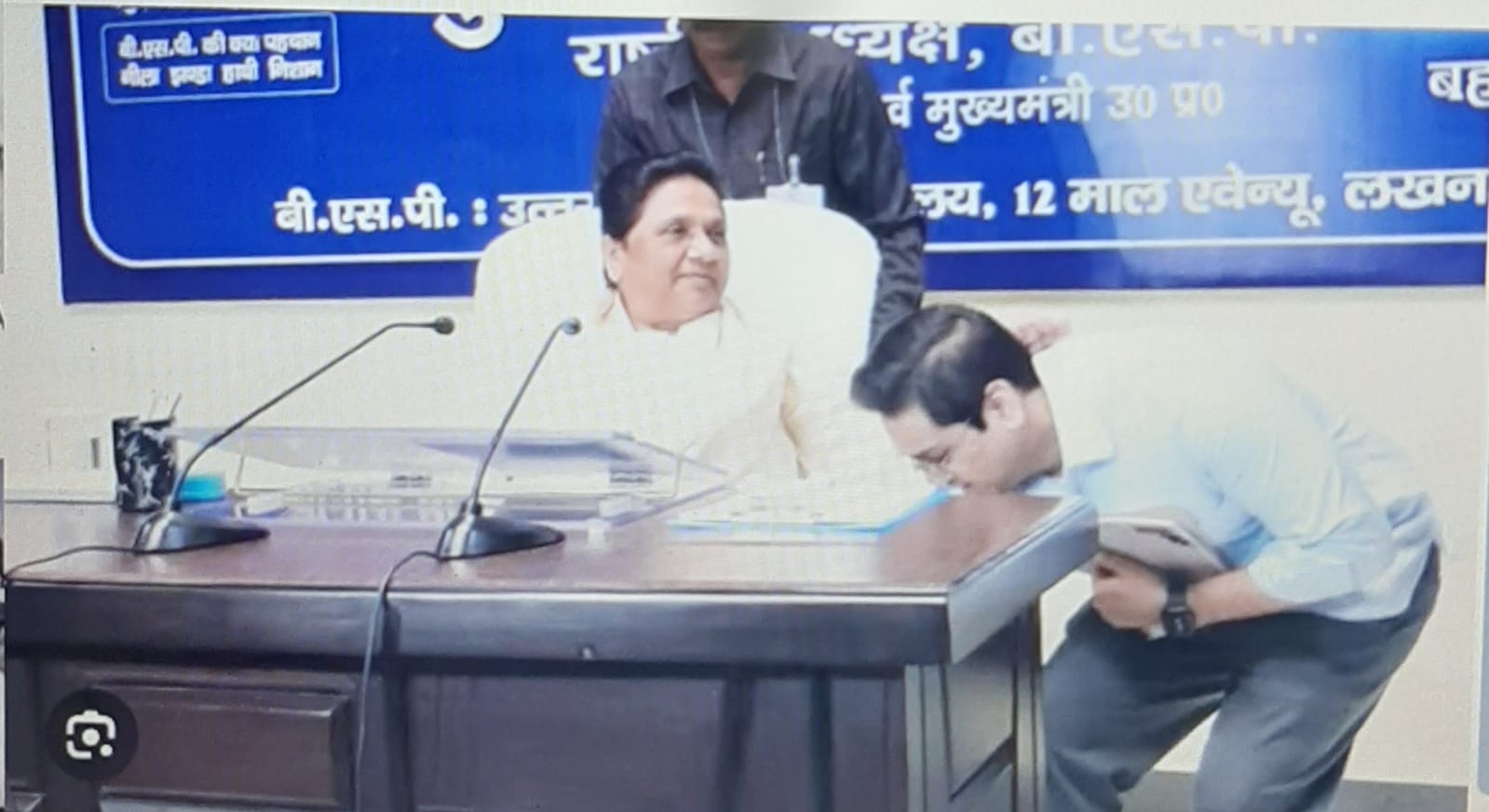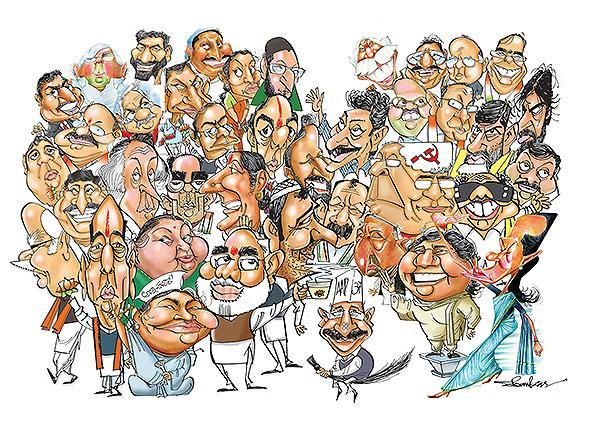
Unfortunately, for years the provision made in the central government budgets has been much lower than the actual subsidy required to be paid to manufacturers – leading to arrears of thousands of crores of rupees. Fortunately, in the last financial year, the central government sanctioned the required arrears amounting to the tune of ₹62,638 crore. But soon the problem on the fertiliser front aggravated due to a massive spike in input costs, including that of natural gas, which is the key input for urea production.
According to knowledgeable sources, the price of natural gas, the feedstock that accounts for 75-80 per cent of the total cost of production for urea plants, is expected to rise over 50 per cent. The situation worsened because of a steep rise in the price of DAP and MOP fertilisers due to an unexpected increase in the prices of key raw materials like phosphoric acid and ammonia, whose prices are up by 40-60 per cent over the past year.
The increase in prices leads to an additional subsidy burden which will have to be provided for by the government in its budget. Along with the increase in subsidy issue, the fertiliser demand is expected to fall by 8-10 per cent over as compared to last year when it had recorded an 8 per cent increase with the overall consumption to an all-time high of 66 million tonnes. The fertiliser demand took a hit this time because of the erratic spatial distribution of monsoon rains. Although the recorded overall rainfall this season was 99 per cent of the long period average, its distribution was very skewed – 110 per cent in June, 93 per cent in July, 76 per cent in August, and 135 per cent in September – which adversely affected the sowing of various crops.
Agriculture being the mainstay of nearly 70 per cent of our population, any shortfall in supply or increase in the price of critical input like fertilisers is bound to have an adverse impact on the overall economic performance of our rural sector. There is a need to become self-sufficient in the production and supply of key agriculture inputs like fertilisers. Our country has been importing urea for decades to meet the shortfall in the supply chain. India, being one of the largest importers of urea, its demand affects the international price of urea.
Everyone knows that the demand for urea is not going to come down in the foreseeable future, so remaining dependent on the import of urea perpetually was a very bad idea from the onset. In this regard, the decision to set up several brownfield urea plants in the public sector in 2016 was a very good step. The foundation stone of the brownfield Gorakhpur plant was laid by PM Modi in July 2016 and was inaugurated by him this Tuesday.
After all these urea plants commence production, our country’s dependence on urea imports will be negligible. Why this was not done earlier and why India was allowed to remain dependent on external supplies of urea beg answers. Similarly, for non-urea fertilisers like DAP and MOP, we need to take significant steps to ensure that our farmers keep getting an uninterrupted supply of required fertilisers at reasonable prices, although for the raw material of these non-urea fertilisers we have remained dependent on imports. Looking at the condition of our farming community, we can safely say that the fertiliser subsidy regime is here to stay despite claims made by several economic theorists and reform experts.
The need of the hour is to streamline the subsidy distribution mechanism by universalising the Direct Benefit Transfer (DBT) in the fertiliser sector. This DBT scheme was to be rolled out in the country from 1st January, 2017, but it still seems to be in the pipeline. Secondly, corruption prevalent in the fertiliser subsidy distribution regime needs to be curbed stringently. These steps will reduce the burden of fertiliser subsidy substantially. The only thing needed is the will to act. All the rest will follow. (Courtesy: Hindustan Times)
(The author, Vijay Shankar Pandey, retired as Secretary, Department of Fertilizers, Ministry of Chemicals and Fertilizers under the Government of India.)









